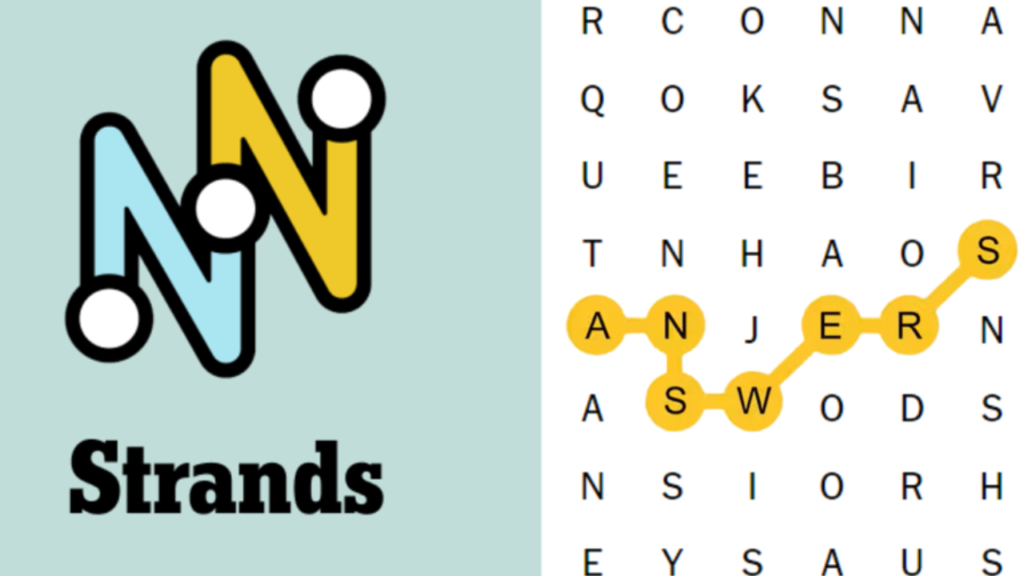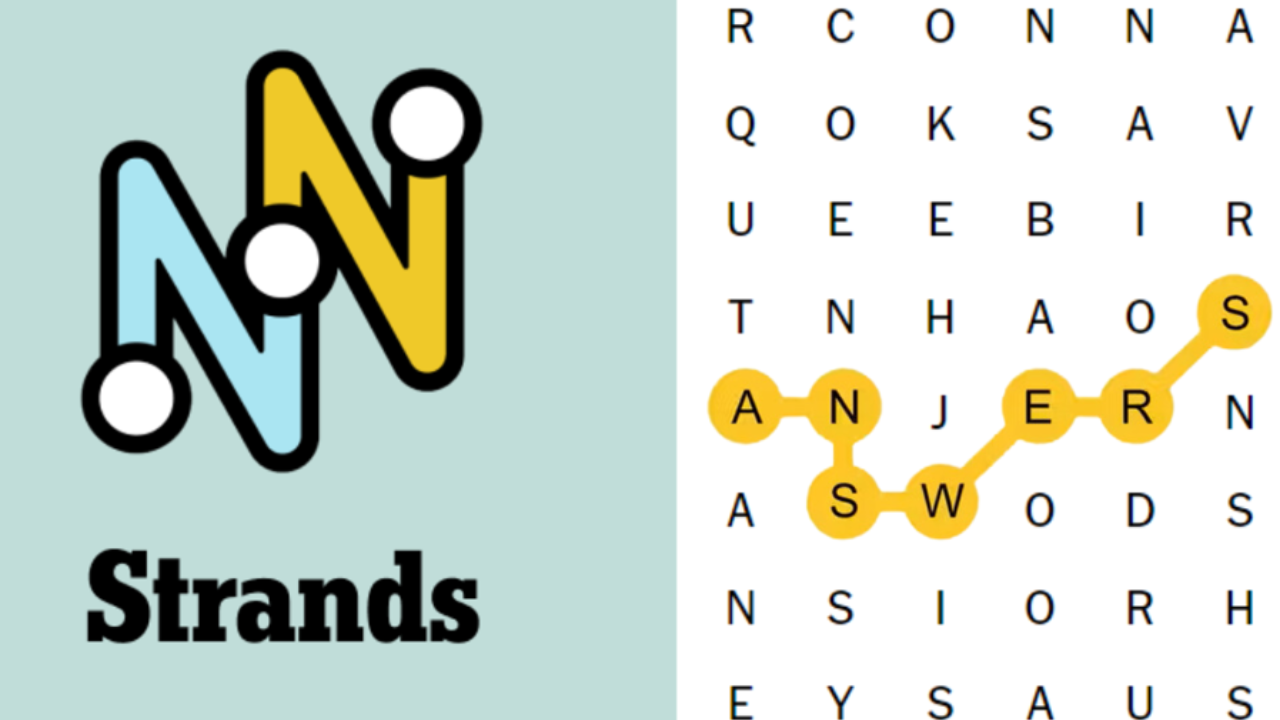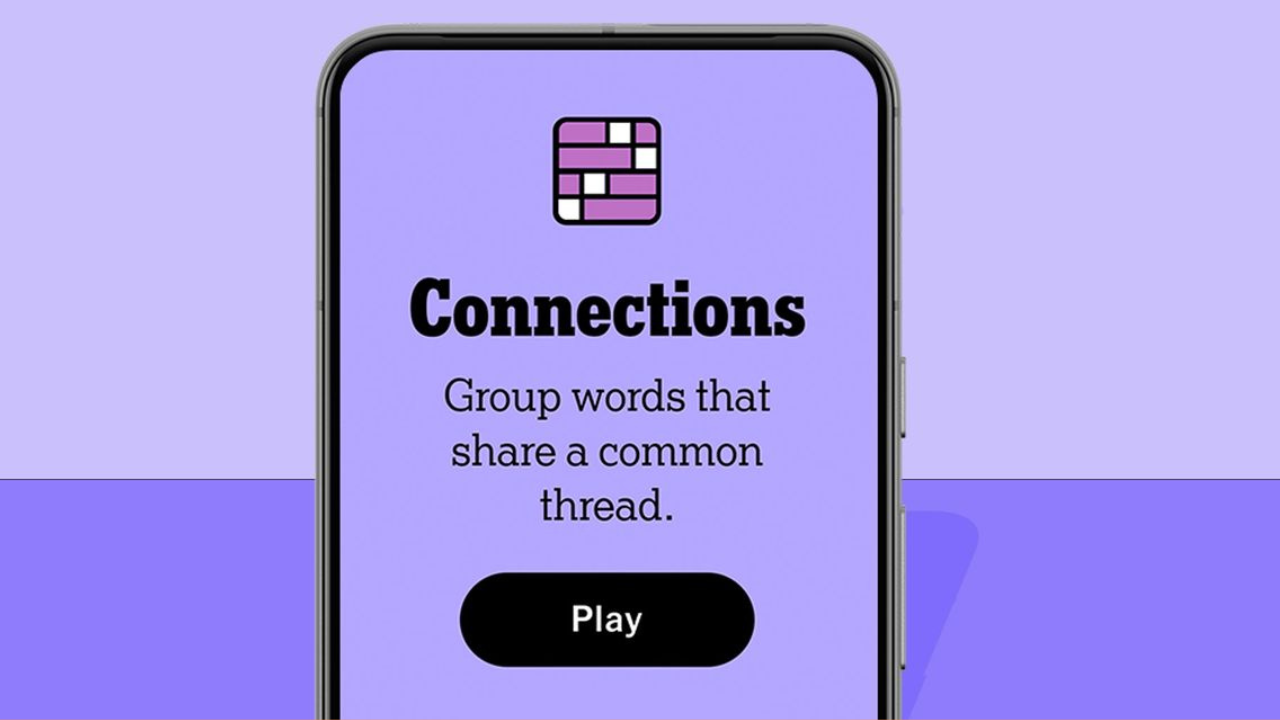AI chatbots like ChatGPT are undoubtedly impressive, but they don’t always hit the mark. If you’ve ever found yourself puzzled by a chatbot’s response, thinking, “That’s not what I was asking,” you’re not alone. More often than not, the issue lies in how we phrase our questions rather than the chatbot itself.
After spending extensive time experimenting with AI assistants, I’ve uncovered several methods to elicit better, more accurate answers. Think of it like learning to communicate with an exceptionally smart but quirky friend. With the right approach, you can tap into a vast reservoir of knowledge and insights.
Here are eight effective techniques I’ve discovered. Whether you’re using chatbots for professional purposes, studying, or out of sheer curiosity, these tips will help you get the most out of your AI interactions. We’ll cover tactics from having the bot role-play as an expert to using real-world analogies for clarity. Let’s get started.
1. Assume the Role of an Expert
Prompt the AI to take on the persona of a specialist in the field you’re asking about. This helps generate more tailored and precise responses, especially when you also ask the bot to clarify your needs.
Example prompt: “Pretend you are a veteran climate scientist. Before you answer, please ask me a few questions to understand my current knowledge and what specifics I’m interested in about climate change.”
2. Simplify Complex Concepts
When faced with intricate subjects, ask the chatbot to break them down into simpler terms and use relatable examples. This approach makes challenging concepts easier to understand.
Example prompt: “Can you explain quantum entanglement in simple terms and provide an everyday analogy?”
3. Request Logical Steps
To better comprehend the AI’s reasoning, ask it to outline its thought process in clear, step-by-step points. This helps in following the logic more easily.
Example prompt: “What are the potential economic impacts of widespread automation? Please explain your reasoning step-by-step.”
4. Explore Multiple Angles
Encourage the chatbot to look at a topic from various perspectives. This approach helps in developing a well-rounded understanding of complex issues.
Example prompt: “Discuss the role of physical books in the digital age from the viewpoints of a librarian, an e-book publisher, and a literature professor.”
5. Use Real-World Examples
Request that the AI supports its explanations with real-world examples or case studies. This grounds abstract ideas in practical scenarios, making them more relatable.
Example prompt: “Explain disruptive innovation in business and provide an example of a company that has successfully implemented it.”
6. Incorporate Analogies and Metaphors
Analogies and metaphors can simplify complex ideas and make them more accessible. Encourage the AI to use these tools to clarify intricate concepts.
Example prompt: “Describe blockchain technology using a beginner-friendly analogy.”
7. Segment Complex Questions
If your question is complex, break it into smaller, more manageable parts. This can help the AI provide more detailed and clear responses.
Example prompt: “First, explain what photosynthesis is. Then, describe the role of chlorophyll in this process.”
8. Ask for Citations
To ensure the accuracy of the information, request that the AI provides sources or references. This adds credibility and allows you to verify the information independently.
Example prompt: “Can you provide sources for the information on the economic impacts of automation?”
Bringing It All Together
Incorporating these techniques into your interactions with ChatGPT and other AI chatbots will enable you to extract more detailed, comprehensive, and useful information. The secret to smarter responses lies in how you frame your questions and steer the conversation.
By using these strategies, you can unlock the full potential of AI chatbots, making them invaluable tools for learning and problem-solving.




















